How do tornadoes form on the Sun? Why does Jupiter enhance our Meteor showers? And how can pulsars be used as a deep space positioning system? This month's Naked Astronomy comes from the Royal Astronomical Society's National Astronomy Meeting, held this year at the University of Manchester. We'll hear how Juno hopes to probe beneath the surface of Jupiter, find out how a cloud of carbon gives us clues about star formation in the early universe, and explore how astronomers have helped archaeologists to understand a standing stone over 4000 years old...
In this episode
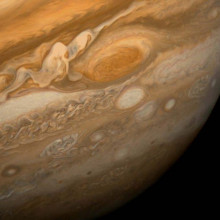
Juno's Trip to Jupiter
with Professor Fran Bagenal, University of Colorado
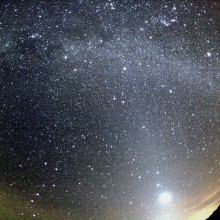
Jupiter's Influence on Meteor Showers
with Dr Aswin Sekhar, Armagh University
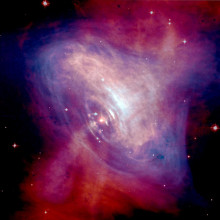
Pulsars as Deep Space GPS
with Professor Werner Becker, Max Planck Institute
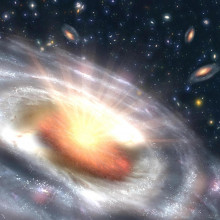
Carbon in the Early Universe
with Dr Richard McMahon, University of Cambridge & Dr. Bram Venemans, Max Planck Institute for Astronomy
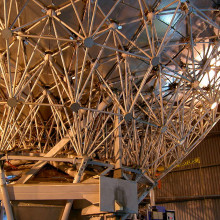
Seeing with SCUBA-II
with Professor James Dunlop, Royal Observatory, Edinburgh
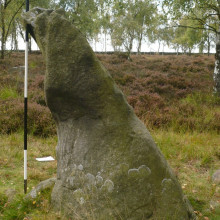
Standing Stones Aligned with the Sun
with Dr Dan Brown, Nottingham Trent University
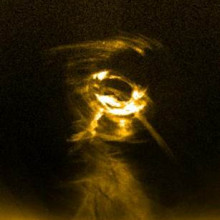
Tornadoes on the Sun
with Dr Huw Morgan & Dr Xing Li, University of Wales, Aberystwyth
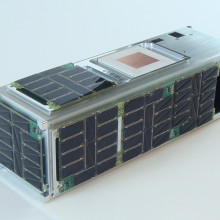










Comments
Add a comment